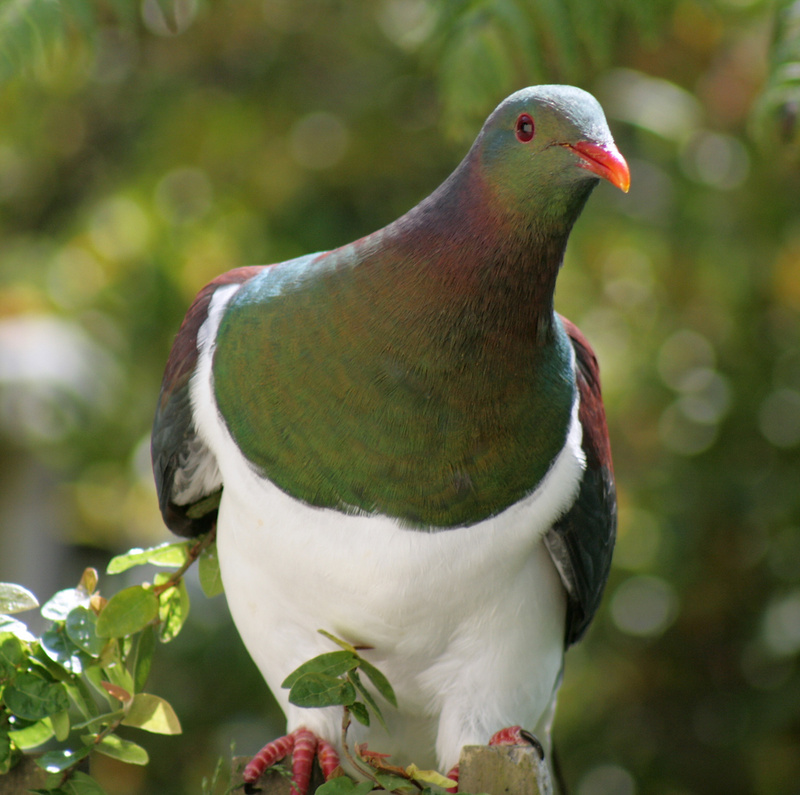|
| Query: gray wood-pigeon | Result: 5th of 19 | |
New Zealand Pigeon (Hemiphaga novaeseelandiae) - Wiki
| Subject: | New Zealand Pigeon (Hemiphaga novaeseelandiae) - Wiki
| |

| Resolution: 1304x1296
File Size: 540614 Bytes
Upload Date: 2007:10:29 16:14:36
|
|
|